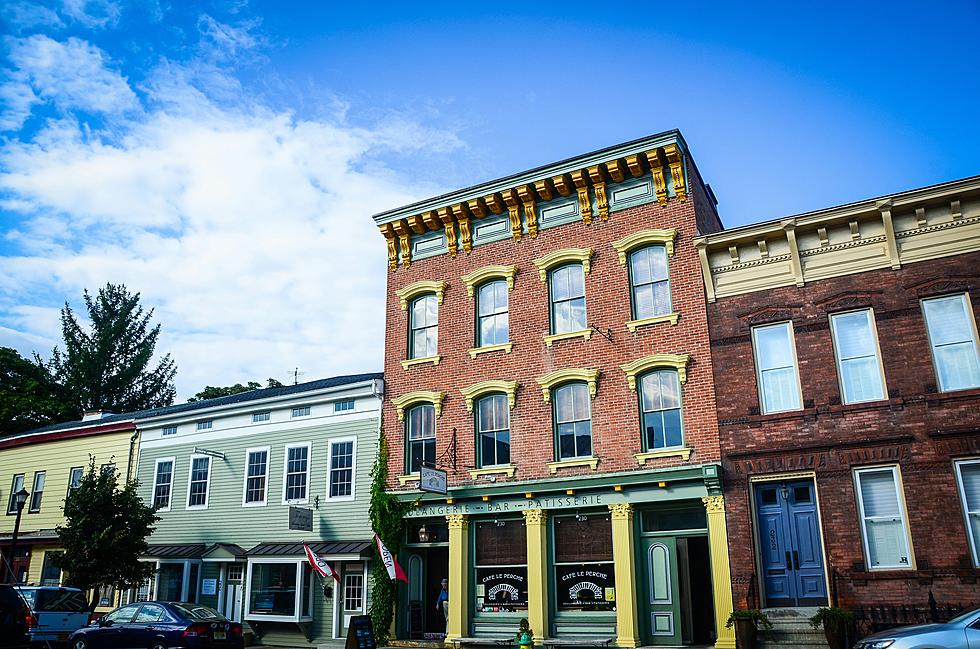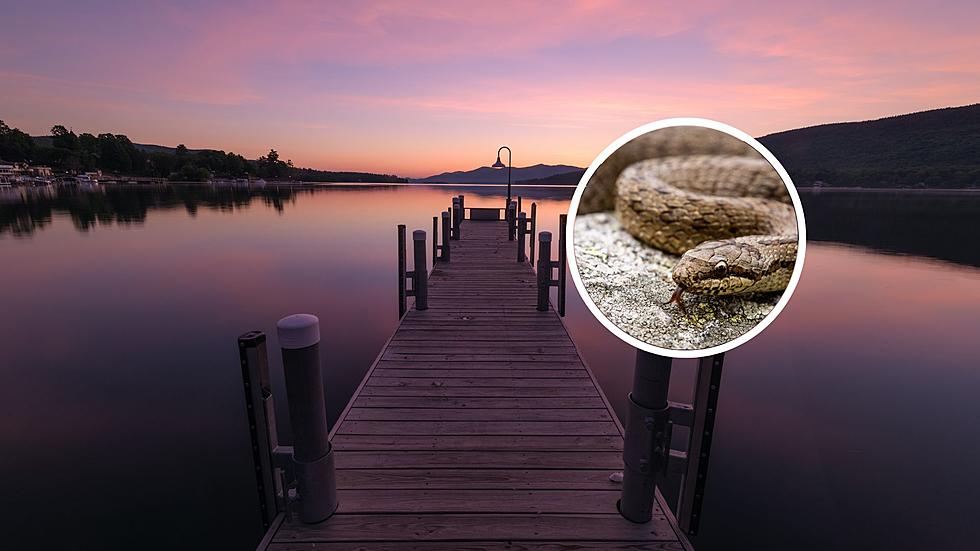
Two Centuries Ago Today, the Erie Canal Made its Upstate Debut!
Throughout the 1700's and 1800's, trade and settlements were mostly kept to the coastal regions due to the lack of an efficient network of transportation. Explorers were faced with rough driving conditions, especially since cars didn't come about until closer to the 20th Century, so it would take weeks for people to reach resources they so urgently needed (NY.gov).
This all changed when Jesse Hawley, a bankrupt flour salesman that was sent to debtor's prison, wrote and published essays in the Genesee Messenger in 1807. NY.gov explains that in these, he described the potential for a major canal that he envisioned. He laid out the cost, benefits, and route of what we now know as the Erie Canal.
Syracuse founder Joshua Forman called for surveys to be made to analyze the project's potential. Thomas Jefferson opposed these endeavors, describing the proposal as “a little short of madness.” With a lack of federal support, the State of New York dug 363 miles of canal through dense forestry with nothing but manpower and horsepower. New York Governor De Witt Clinton was enlisted for support to push the idea forward; it's obvious he could see the potential (NY.gov).
The city will, in the course of time, become the granary of the world, the emporium of commerce, the seat of manufactures, the focus of great moneyed operations. -De Witt Clinton, NY.gov
Check out CBS Sunday Morning's story on the Erie Canal here:
According to NY.gov, this was the series of events:
March 13th, 1810: A Canal Commission was enacted in the Senate, directing commissioners to survey the route. With Clinton’s support, the measure passed, and the era of the Erie Canal commenced. In 1816, DeWitt Clinton delivered a petition to the NYS Senate and Assembly to create the canal system between the Hudson River and Lake Erie. Known as the "New York Memorial", this text resulted in a variety of public meetings in support of the construction. In the end, over 100,000 New Yorkers signed the petition.
April 15th, 1817: The New York State Legislature finally approved construction of the Erie Canal, authorizing $7 million for construction of the 363-mile-long waterway.
October 26, 1825: The Erie Canal opens between the Hudson River and Lake Erie.
The Erie Canal, New York's Catalyst to Commerical Success
The waterway led to an increase in upstate settlements, made New York the financial capital of the world, aided in Northern success during the Civil War, and accelerated both social and economic changes within our American society (NY.gov).
NY.gov explains the massive impact the canal had on transportation efficiency.
In 1829, there were 3,640 bushels of wheat transported down the Canal from Buffalo. By 1837 this figure had increased to 500,000 bushels; four years later it reached one million. In nine years, Canal tolls more than recouped the entire cost of construction. -ny.gov
This Modern Masterpiece $45M Home Would Be Illegal To Build On The Hudson River Today
Travel Back in Time to Lake George in the 1950s
In 2019 Ice Jams Caused Boats to Break Free in the Hudson River [PHOTOS]
More From Q 105.7








